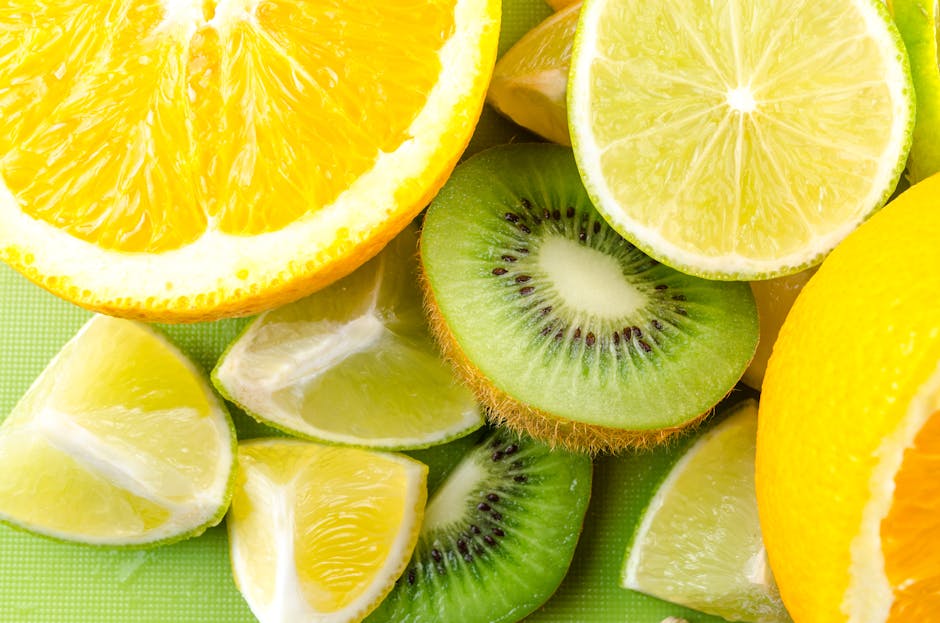Raw dog food diets are becoming increasingly popular among pet owners who are concerned about the nutritional value of the food they feed their furry friends. This type of diet is gaining popularity for a few reasons. Firstly, pet owners appreciate the fact that it is an all-natural way of feeding their dogs and that it is generally free of any chemicals or preservatives. Another benefit of feeding a raw dog food diet is that it can provide a number of nutritional benefits for their pet.
In this article, we will take a closer look at the nutritional benefits of a raw dog food diet and what it can offer for your pets. We will discuss the importance of protein, vitamins and minerals as well as the potential drawbacks and how to handle them.
The Benefits of a Raw Dog Food Diet
- Improved Digestion: A raw food diet is made up of whole foods that are easily digestible, which results in a healthier digestive system for your pet.
- Improved Immune System: A healthy raw diet can help to boost your pet’s immune system and make them less susceptible to illness and disease.
- Healthier Skin and Coat: A raw dog food diet can make your dog’s skin and coat look and feel softer and shinier.
- More Energy: A well-balanced raw dog food diet can help to give your pet more energy.
- Maintain a Healthy Weight: Dogs that are on a balanced raw food diet are less likely to become overweight or obese.
Key Nutritional Elements of a Raw Dog Food Diet
Protein:
Adequate protein is crucial for dogs, as they require a significant amount in order to maintain a healthy immune system, build and maintain muscle, and for proper growth and development. While commercial dog foods are generally high in protein, many pet owners believe that the protein content isn’t sufficient for their pet’s needs. This is where a raw dog food diet can be beneficial. Feeding a raw food diet usually means feeding your dog whole, raw meats such as beef, chicken, turkey, or fish, which are generally high in protein.
Vitamins and Minerals:
Vitamins and minerals are essential for a dog’s overall well-being, but it is important to ensure that they are receiving the appropriate amounts. A balanced raw diet should provide, if not, an abundance of vitamins and minerals, and they should come in their natural state. For example, foods such as whole sweet potatoes or carrots are a great source of vitamins A and C, as well as minerals.
Fats:
Fats are crucial to the health of a dog and a well-balanced raw diet generally provides an appropriate amount of fat. Healthy natural fats are great for a pet’s skin, coat, and brain health. Some common sources of natural fats that can be found in a raw food diet include fish oil, flaxseed oil and sunflower oil.
Potential Drawbacks of a Raw Dog Food Diet
While there are many benefits to using a raw dog food diet, there are some drawbacks that pet owners need to be aware of as well. One potential drawback is that this type of diet can be more expensive than commercial dog food. Additionally, some raw foods carry a higher risk of foodborne illness than others. As with any diet, it is also important to ensure that it is formulated correctly and to keep a close eye on your pet’s overall health and nutritional needs.
Conclusion
The nutritional benefits of a raw dog food diet makes it a great option for pet owners who are concerned about the quality of food that they provide for their furry friends. A balanced raw diet can help improve your pet’s digestive system, immune system, skin and coat condition, and energy level. It is also an excellent source of protein, vitamins, and minerals. However, pet owners should be aware of and prepared to manage the potential drawbacks, including the fact that this type of diet can be more expensive than commercial dog foods. Overall, a well-balanced and properly formulated raw dog food diet can be a great choice for your pet.
